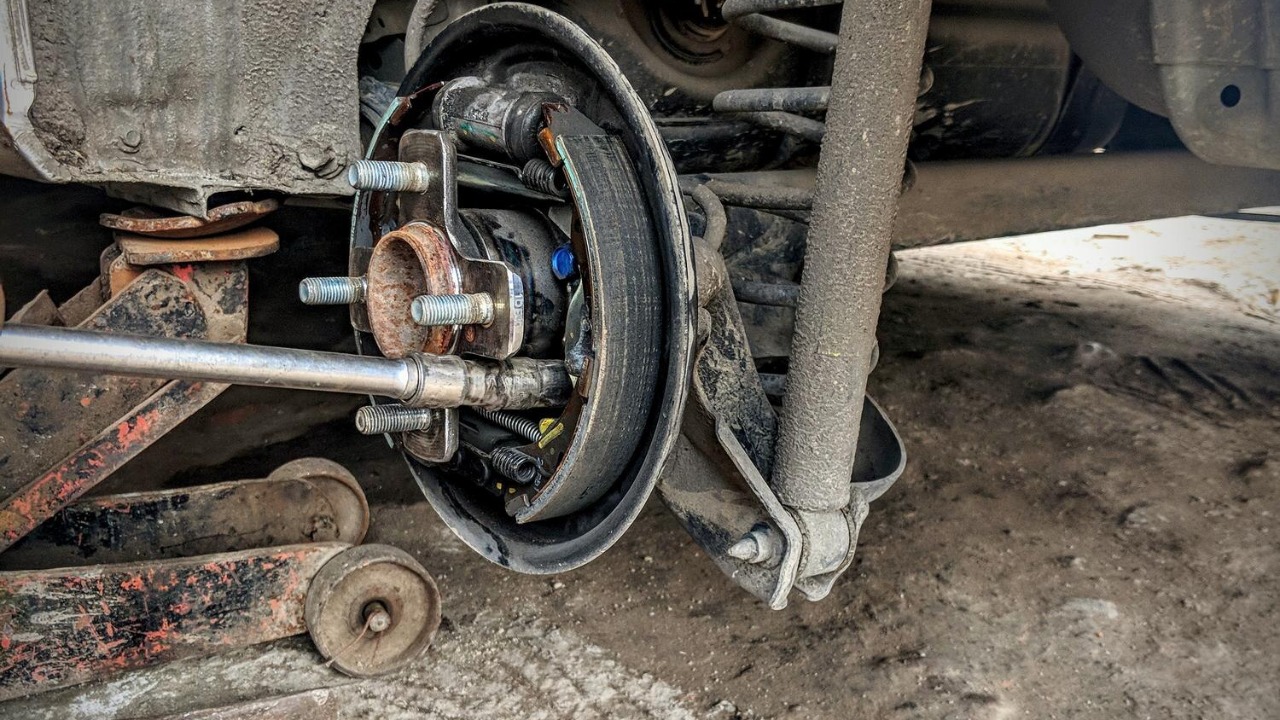
Semi trucks continue to rely on drum brakes as their primary braking system due to their reliability under heavy loads. This practice is not only seen in commercial vehicle engineering but also in enthusiast restorations. For instance, Toyota equipped the Tacoma with rear drum brakes until 2024, while its competitors had already transitioned to newer technologies. Similarly, a 50-year-old Ford F-600 4×4 truck still maintains its functionality with the older drum brake design, further emphasizing the durability and reliability of this technology.
Historical Role of Drum Brakes in Commercial Trucking
Drum brakes have a long history in the world of semi trucks, primarily due to their ability to handle high torque and weight without the need for modern electronics. Their adoption became widespread in the post-World War II era, where they became a standard feature in fleet operations. Over time, these basic mechanical drums evolved into air-assisted versions, a development that further cemented their place in heavy-duty contexts.
Mechanical Advantages for Heavy-Duty Applications
One of the key advantages of drum brakes is their superior heat dissipation. This is particularly beneficial for semi trucks carrying loads over 80,000 pounds, as it reduces brake fade during prolonged downhill hauls. Additionally, the self-energizing effect in drum designs amplifies the braking force under the immense inertia of loaded semis. This, coupled with their ability to integrate seamlessly with air brake systems standard on semi trucks, makes drum brakes an ideal choice for heavy-duty applications.
Cost and Maintenance Benefits in Fleet Operations
From a cost perspective, drum brakes offer lower upfront costs compared to disc systems. This makes them a more affordable option for semi truck manufacturers, especially in high-volume production. Furthermore, drum components are simpler to replace and do not require specialized tools, making them easier to service in remote locations. This, in turn, reduces downtime in trucking companies, as drum brake relining extends service intervals up to 500,000 miles.
Regulatory and Safety Standards Influencing Brake Choices
Regulatory and safety standards also play a significant role in the choice of braking systems. The Federal Motor Vehicle Safety Standards (FMVSS) mandate robust braking for semi trucks, favoring drum systems for compliance in overload scenarios. Additionally, older semi designs faced challenges integrating ABS with disc brakes, making drum brakes a more reliable option. Industry testing data further supports this, showing drum brakes’ superior performance in emergency stops for vehicles exceeding 26,001 pounds GVWR.
Comparisons with Passenger Vehicles and Lighter Trucks
While semi trucks continue to rely on drum brakes, passenger vehicles and lighter trucks have largely shifted to disc brakes. This is primarily due to weight differences that make drum brakes impractical for lighter vehicles but ideal for semis. The case of the Toyota Tacoma, which was equipped with rear drum brakes until 2024, serves as a prime example of this trend. The delay in transitioning to disc brakes in the Tacoma was largely driven by cost considerations, a factor that also influences brake technology choices in non-commercial segments.
Real-World Examples from Vintage and Modern Trucks
Real-world examples further illustrate the durability and reliability of drum brakes. A case in point is the 50-year-old Ford F-600 4×4 truck, which continues to perform well with its original drum brake system. Similarly, semi fleets that have attempted to upgrade to disc brakes often find that these systems fail under extreme conditions, reinforcing the preference for drum brakes. Operator testimonials and maintenance logs from long-haul operators further attest to the reliability of drum brakes in cross-country routes.
Challenges and Potential Shifts in Brake Technology
Despite their advantages, drum brakes are not without their challenges. Dust buildup is a common issue in semi trucks, although this can be mitigated through modern linings. Looking ahead, hybrid disc-drum systems are emerging as a potential alternative, although their adoption has been slow due to certification hurdles for semi trucks. As electric braking advancements continue to evolve, it remains to be seen whether they will be able to challenge the proven track record of drum brakes under current regulations.
More from MorningOverview